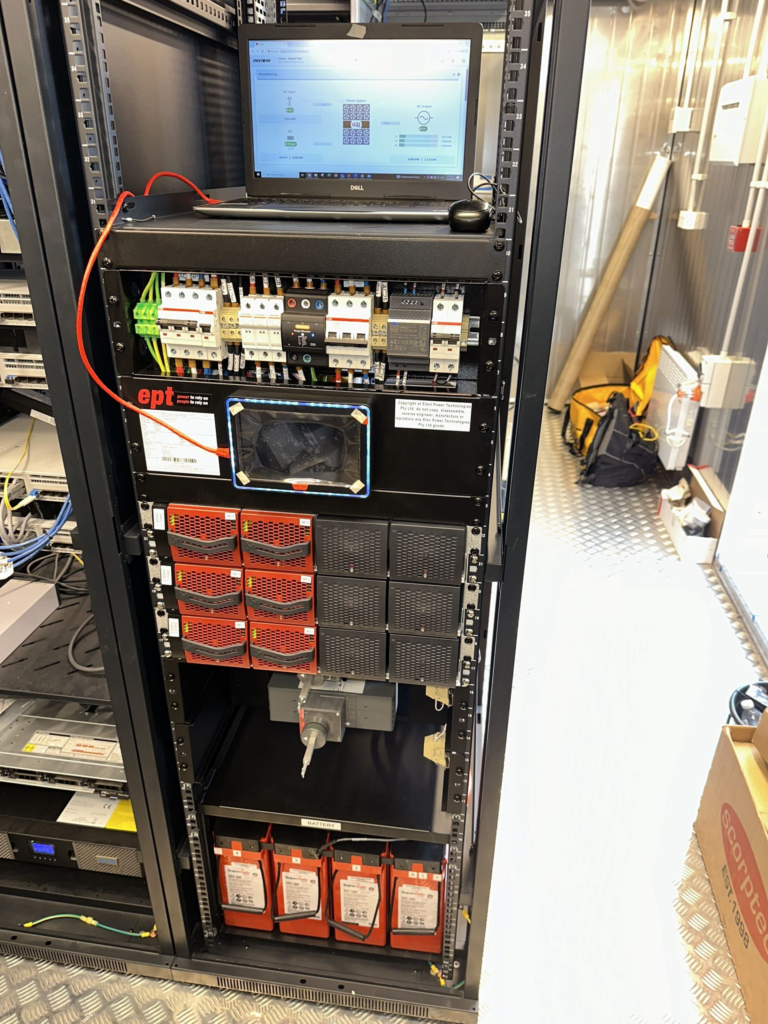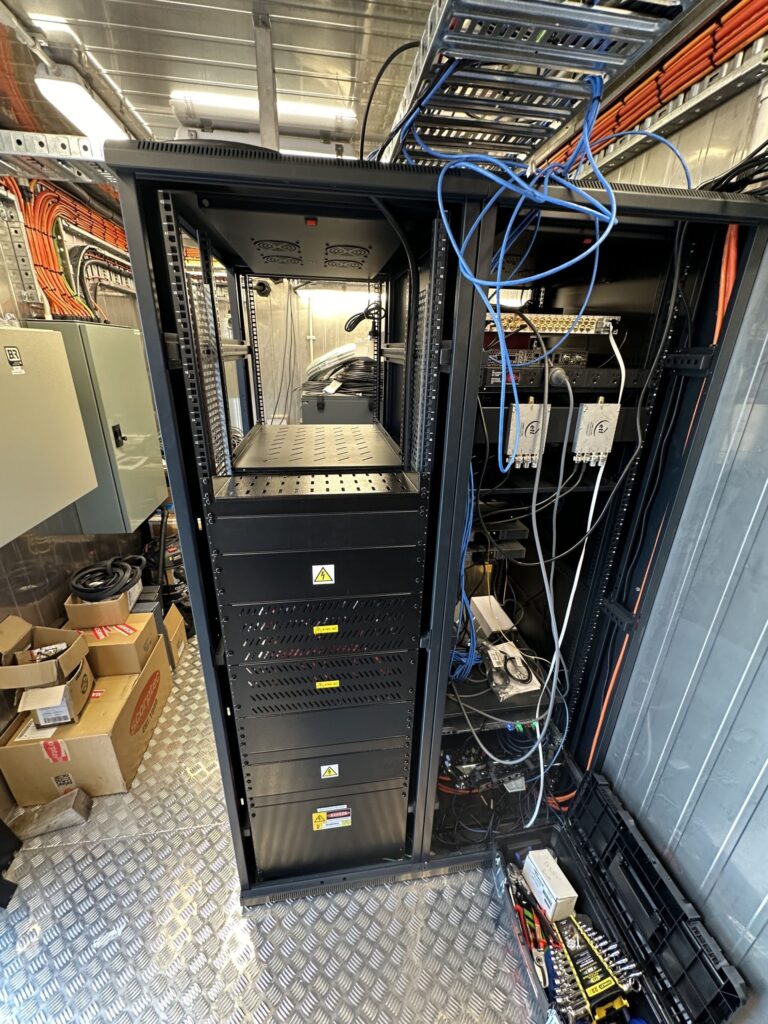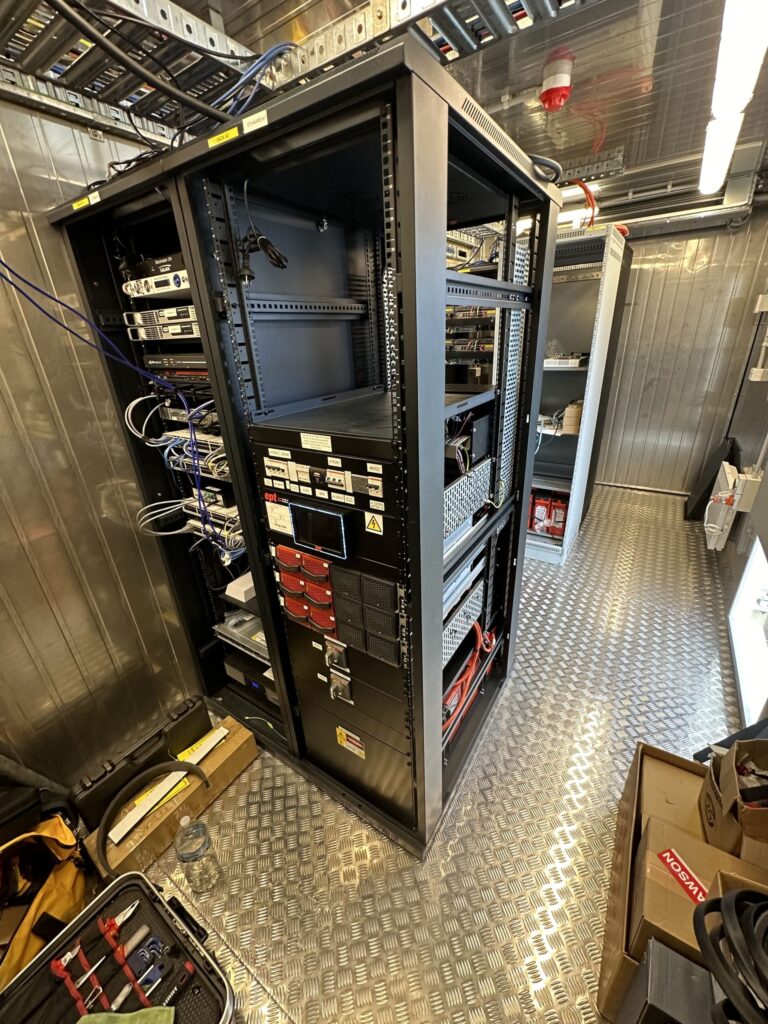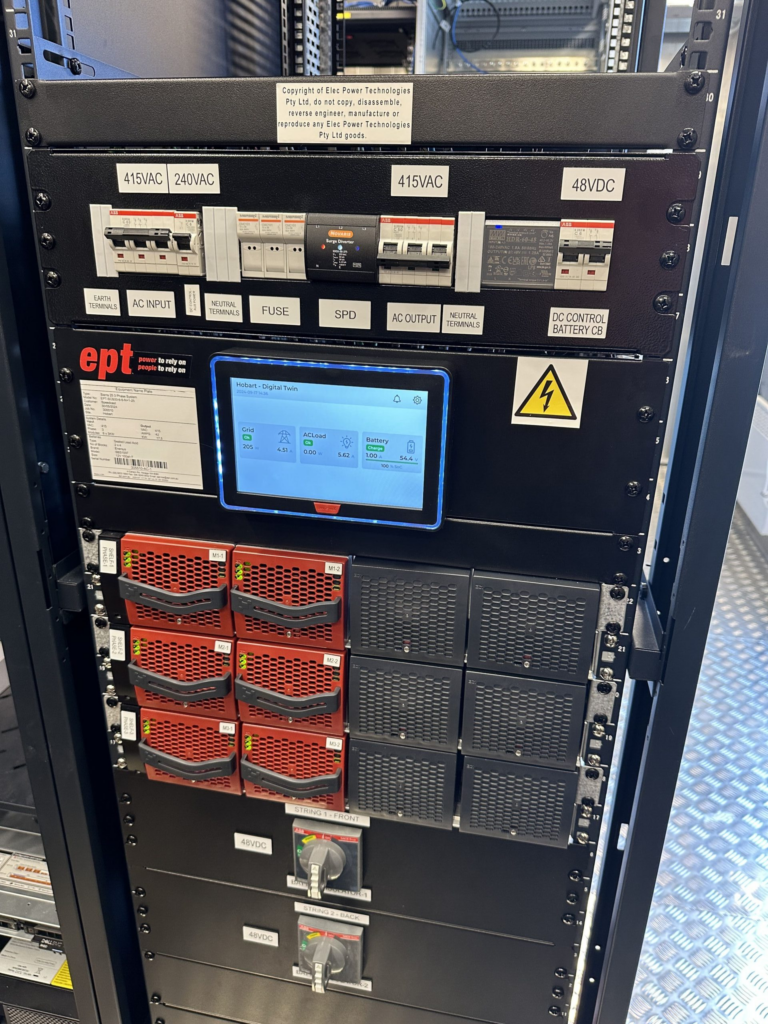Antarctica is one of the harshest environments on Earth. With temperatures plunging well below freezing, relentless winds, and months of complete darkness during winter, it is a place where power reliability is not just a convenience—it is a matter of survival. Scientists, researchers, and operational teams working in Antarctica depend on stable power systems to keep their stations running, their equipment operational, and their living conditions habitable.
The Role of Critical Power Solutions in Antarctica
Ensuring that Antarctic research stations remain powered requires advanced and reliable critical power solutions. These solutions are designed to provide uninterrupted power despite the environmental challenges. Diesel generators remain a primary power source, but renewable energy sources like wind and solar are becoming more prevalent as sustainability concerns grow.
The infrastructure must be incredibly robust to withstand the extreme cold. Batteries, for example, must be designed to function in sub-zero temperatures without losing efficiency. Similarly, generators need to operate reliably without excessive maintenance, as repair work in Antarctica is time-consuming and often dangerous.
Innovations in Antarctic Power Solutions
While diesel generators remain a staple in Antarctic power systems, the shift towards renewable energy is gaining momentum. Wind turbines and solar panels are now being integrated into power systems to reduce reliance on fossil fuels and decrease the environmental impact of operations on the continent.
Renewable energy sources, however, come with their own set of challenges. Wind turbines must be designed to handle extreme wind conditions, and solar panels must be highly efficient to make the most of the limited sunlight available during summer months. Despite these hurdles, renewable energy is proving to be a valuable addition to Antarctic power grids.
Advanced Battery Storage



Battery storage is crucial for maintaining power stability, especially during the long Antarctic winters when solar energy is scarce. Advances in battery technology are allowing for better energy storage solutions that can withstand extreme cold without significant efficiency losses.
Innovative thermal management systems are being developed to keep batteries at optimal temperatures, ensuring they can store and deliver power when needed. These improvements in battery technology are playing a key role in making Antarctic research stations more self-sufficient and resilient.
The Impact of Reliable Power on Antarctic Research
Antarctica is home to some of the most important scientific research on the planet. From studying climate change and ice sheet behaviour to monitoring wildlife and understanding space weather, the research conducted here has global implications.
Without reliable power, none of this research would be possible. Scientific instruments require constant power to collect and store data, laboratories need controlled environments to conduct experiments, and communication systems must remain operational to connect Antarctic stations with the rest of the world. Any disruption in power can result in the loss of invaluable scientific data and compromise years of research.
Emergency Power Systems: A Lifeline in Antarctica
Given the risks associated with power failures, Antarctic stations must have robust emergency power systems in place. Backup generators, redundant power grids, and fail-safe mechanisms ensure that stations remain operational even in the event of an unexpected power outage.
Emergency power systems must be tested regularly to confirm their reliability. In an environment where every second counts, a delay in power restoration could be catastrophic. Engineers and technicians stationed in Antarctica are responsible for monitoring and maintaining these systems to ensure they function flawlessly when needed.
The Future of Antarctic Power Systems

The need for reliable power in Antarctica is only going to increase as research stations expand and scientific missions become more ambitious. Future developments in power solutions will likely focus on improving efficiency, reducing reliance on fossil fuels, and enhancing system resilience.
Hydrogen Power and Fuel Cells
One promising area of development is hydrogen power. Hydrogen fuel cells have the potential to provide a cleaner and more sustainable power solution for Antarctic stations. Unlike diesel generators, fuel cells produce electricity without emitting harmful pollutants, making them an environmentally friendly option for remote locations.
Smart Grid Technology
Another innovation on the horizon is the implementation of smart grid technology. By integrating renewable energy sources, battery storage, and intelligent monitoring systems, smart grids can optimise power distribution and reduce waste. These systems will allow Antarctic stations to manage their energy consumption more efficiently and ensure that power is allocated where it is needed most.
Conclusion
Powering Antarctica is a complex yet essential task. Reliable energy solutions ensure that research can continue, lives can be protected, and critical operations can function without interruption. The harsh conditions make it one of the most challenging places on Earth to maintain a stable power supply, but advancements in technology and engineering are making it increasingly possible to achieve sustainable and efficient power solutions.













